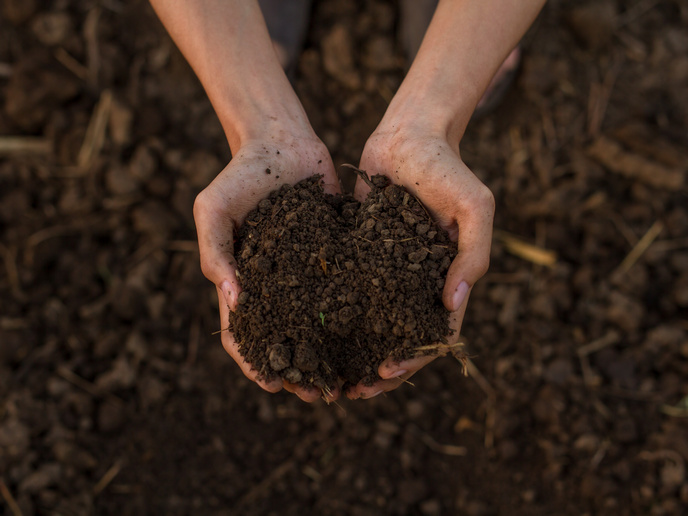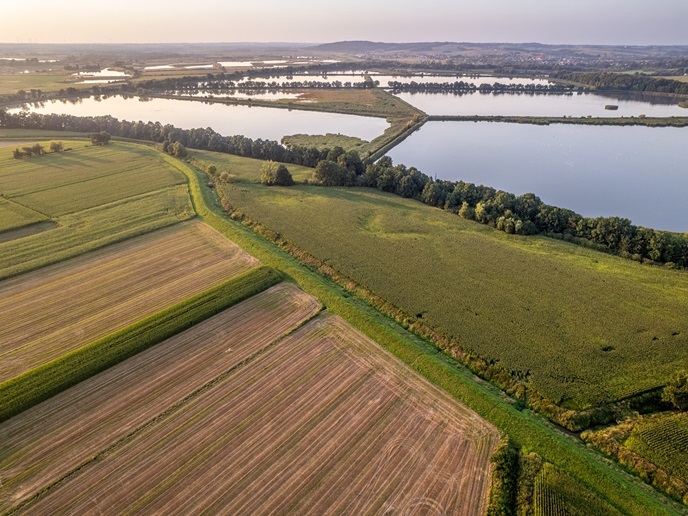Converting marine industry waste into eco-friendly fertilisers
Alongside bio-based fertilisers (BBFs) based on agricultural by-products, nutrients can also be recovered from the fishing and aquaculture industries. Compared to chemical alternatives, BBFs offer environmental and agricultural benefits, including less pollution, increased biodiversity and soil regeneration. “BBFs reduce dependency on imported fertilisers from non-EU countries, contributing to greater farming sustainability and regional self-sufficiency,” says Miriam Pinto, project coordinator of the EU-supported Sea2Land project. Sea2Land(opens in new window) has developed a range of new nutrient sources including previously untried effluents like fish canning cooking water and fish viscera. Alongside implementing advanced environmentally friendly BBF-enabling technologies to enhance nutrient recovery and processing efficiency.
Nine bio-based fertiliser technologies, seven use cases, six areas
Seven pilot plants within diverse European marine regions were established by Sea2Land, in the Atlantic, Baltic, Cantabrian, Mediterranean, North Sea and Adriatic seas. The technologies of interest included freeze concentration which preserves nutrient integrity while reducing energy use, and thermomechanical hydrolysis to efficiently break down organic matter, releasing bioavailable nutrients. Additional processes such as composting, anaerobic digestion, membrane filtration, drying and pelletizing, and chemical precipitation were also adapted. Agronomic trials in pots and fieldwork were undertaken to assess the fertilising potential of these bio-based innovations. These evaluated crop productivity and soil health, including biological activity and nutrient balance, while analysing nutrient leaching to assess water pollution. Additionally, agricultural simulations were carried out – using the Denitification-DeComposition of soil organic matter and Decision Support System for Agriculture Technology suite of computer models – to predict fertilising performance under various climate change scenarios, such as increased drought conditions. To validate the modelling results and assess fertiliser performance, a further ecotron(opens in new window) (controlled facilities for experimental ecosystem research) trial was conducted to simulate the most extreme projected climate scenario. The findings revealed that both conventional fertilisers, and BBFs are impacted by adverse climate stressors. However, BBFs demonstrated a higher level of resilience, spite environmental challenges, suggesting a more sustainable and adaptive solution. “Of particular pride were our microalgae cultivation systems to purify wastewater and stimulate agricultural productivity, to both recover nutrients and produce biomass rich in bio stimulant compounds,” says Pinto. “Similarly, hydrolysates derived from fish viscera and other organic residues as bio stimulants returned encouraging results, enhancing plant growth, resilience and soil health.” Sea2Land also conducted cycle assessments comparing environmental footprint with conventional alternatives, focusing on greenhouse gas emissions, energy use and resource efficiency. “While our BBFs showed promise in all categories, their environmental impacts during both production and application require further refinement. BBFs are essential alternatives to mineral fertilisers, but they should be integrated within agro-ecological practices to minimise the overall environmental impact of farming,” adds Pinto from NEIKER(opens in new window), the project host.
Exemplifying a range of EU priorities
Sea2Land’s results directly support several key EU strategies such as Farm to Fork(opens in new window) and the Soil Mission(opens in new window), as well as more broadly, the Green Deal. While resource recovery from marine industry by-products and fostering regional fertiliser self-sufficiency, exemplifies the principles of the Circular Economy Action Plan(opens in new window) and the EU Bioeconomy Strategy(opens in new window). Business cases have now been developed to scale up the project’s technologies, focused on three products: fertilisers for local use, high-value specialty fertilisers and technology-based services. “A benefit of having companies involved in the project is easing the transition from prototypes to commercial exploitation,” adds Pinto. Meanwhile the team continue to gather scientific evidence to support a formal recognition of these bio-based fertilisers as bio stimulants and organic fertilisers under EU regulations, paving the way for their integration into mainstream agricultural practices.







